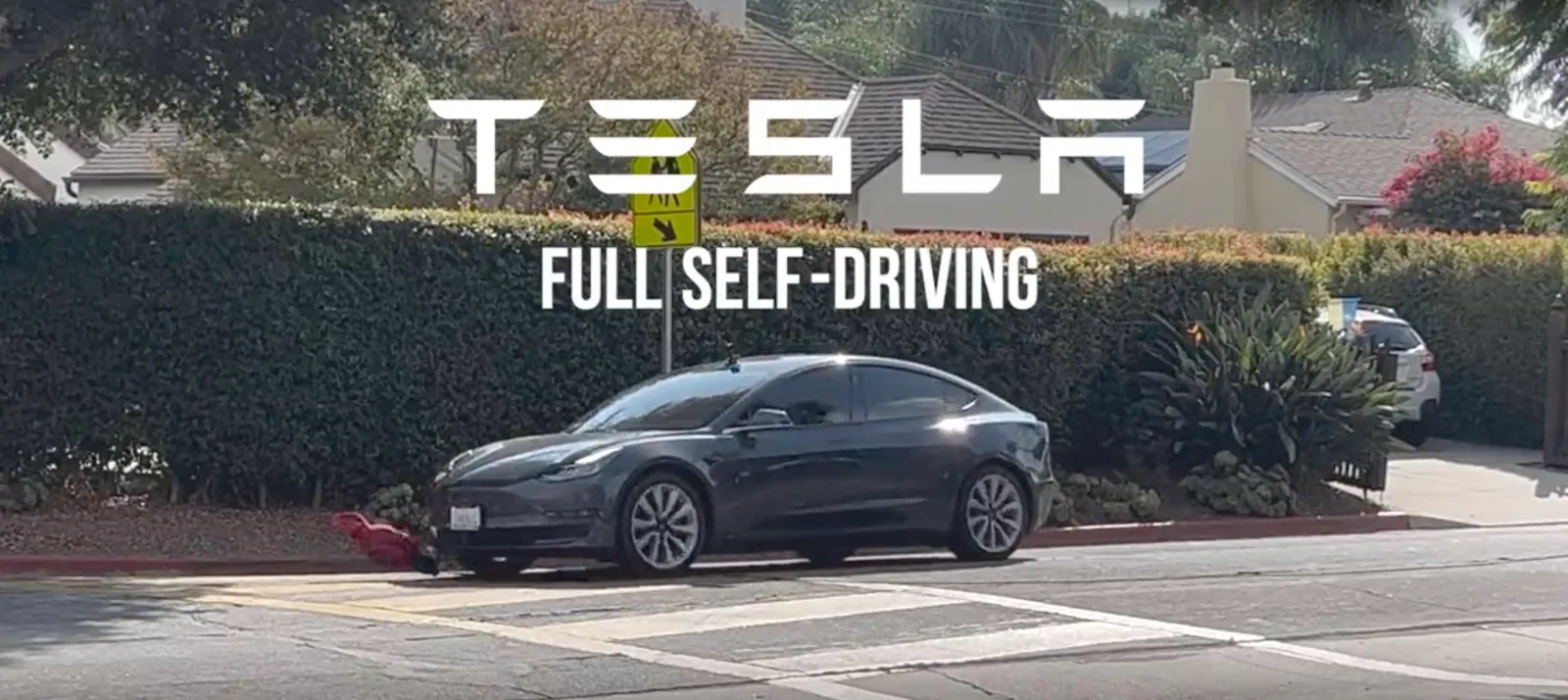
Tesla is about to unveil a automobile particularly designed to be a robotaxi, all whereas it’s nonetheless promoting its long-standing promise that its client autos would remodel into self-driving taxis by way of software program updates.
Some surprise if this can be a bait-and-switch.
Tesla’s Authentic Promise
Again in 2016, CEO Elon Musk promised that each one Tesla autos would quickly turn out to be totally self-driving and able to working as robotaxis, producing revenue for his or her house owners by way of future software program updates. Initially, Musk claimed this could occur inside a number of years, however since 2019, he has mentioned it might be prepared “by the top of the 12 months”—5 years in a row.
Currently, Musk has stopped making agency predictions. Nonetheless, this summer season, he hinted once more, saying, “I’d be shocked if Tesla doesn’t obtain unsupervised self-driving subsequent 12 months.”
Tesla’s Self-Driving Technique vs. Rivals
Tesla’s method to autonomous driving is kind of totally different from opponents like Waymo and Cruise. As a substitute of counting on a mixture of sensors like radar and lidar, Tesla bets solely on a vision-based system powered by cameras and neural networks.
Since 2016, Tesla has bought its Full Self-Driving (FSD) bundle for as much as $15,000, promising that future software program updates will allow full autonomy. Against this, Waymo and Cruise have already deployed totally self-driving autos in geo-fenced areas and function ride-hailing companies just like Uber. Their sensor-rich autos are already giving hundreds of autonomous rides every month, whereas Tesla’s system stays at Stage 2 autonomy—removed from the unsupervised self-driving Musk envisions.
Musk has criticized Waymo’s geo-fenced mannequin, claiming Tesla’s ambition is to interchange human drivers at scale, past restricted areas. However for now, Waymo appears far forward in delivering on autonomous driving.
Tesla’s self-driving {hardware} price a fraction of what Waymo’s system price and it doesn’t depend on mapping, nevertheless it additionally has but to work as promised.
Enter the Tesla Robotaxi
It’s unclear precisely how Tesla’s new robotaxi will match into this image. Musk has described it as a “devoted self-driving automobile” which may not also have a steering wheel or pedals, designed completely for autonomous operation.
The know-how powering this automobile’s self-driving capabilities is predicted to be comparable, if not similar, to Tesla’s present {hardware} in client autos. Nonetheless, updates are attainable. The issue is that Tesla’s present Full Self-Driving program, based mostly on obtainable knowledge, is nowhere close to reaching the extent of autonomy obligatory for unsupervised driving.
For Tesla to function a steering wheel-less robotaxi, it might have to introduce geo-fenced, mapped environments—just like Waymo’s method. Tesla has additionally floated the concept of launching its personal ride-hailing service, known as the “Tesla Community,” however this has but to materialize.
Is This a Bait-and-Change?
Tesla house owners who bought the FSD bundle might be watching carefully on the robotaxi unveiling on October 10, particularly to see what {hardware} powers the self-driving options. If the robotaxi makes use of the identical {hardware} as present Teslas and operates in geo-fenced areas, this wouldn’t essentially be dangerous information. Tesla may very well be engaged on its eventual commercialization – beginning in managed environments earlier than increasing its capabilities.
Nonetheless, if the robotaxi options new {hardware} that’s not obtainable or retrofittable for present Tesla autos, house owners who invested in FSD could really feel Tesla has misled them. The priority is that their autos, regardless of guarantees, could by no means turn out to be totally autonomous robotaxis.
Electrek’s Take
There’s rising skepticism that Tesla’s HW3 autos, of which there are hundreds of thousands on the street, will ever obtain unsupervised self-driving. Final 12 months, Musk claimed FSD on HW3 was six months forward of HW4, however that timeline has since flipped. Contemplating Tesla wants an enormous enchancment in its self-driving system—roughly 1,000 occasions extra miles between important interventions — it’s exhausting to see HW4 autos reaching unsupervised self-driving anytime quickly, not to mention HW3.
Tesla could not admit defeat on HW3 simply but, however this robotaxi unveiling might be an important second for the corporate’s self-driving guarantees and the purchasers who believed in them.
If it launches a geo-fenced robotaxi system with new {hardware}, I feel we might see Tesla begin to again monitor a few of its claims about HW3 and even HW4 ultimately.
What do you suppose? Tell us within the remark part under.
FTC: We use revenue incomes auto affiliate hyperlinks. Extra.



